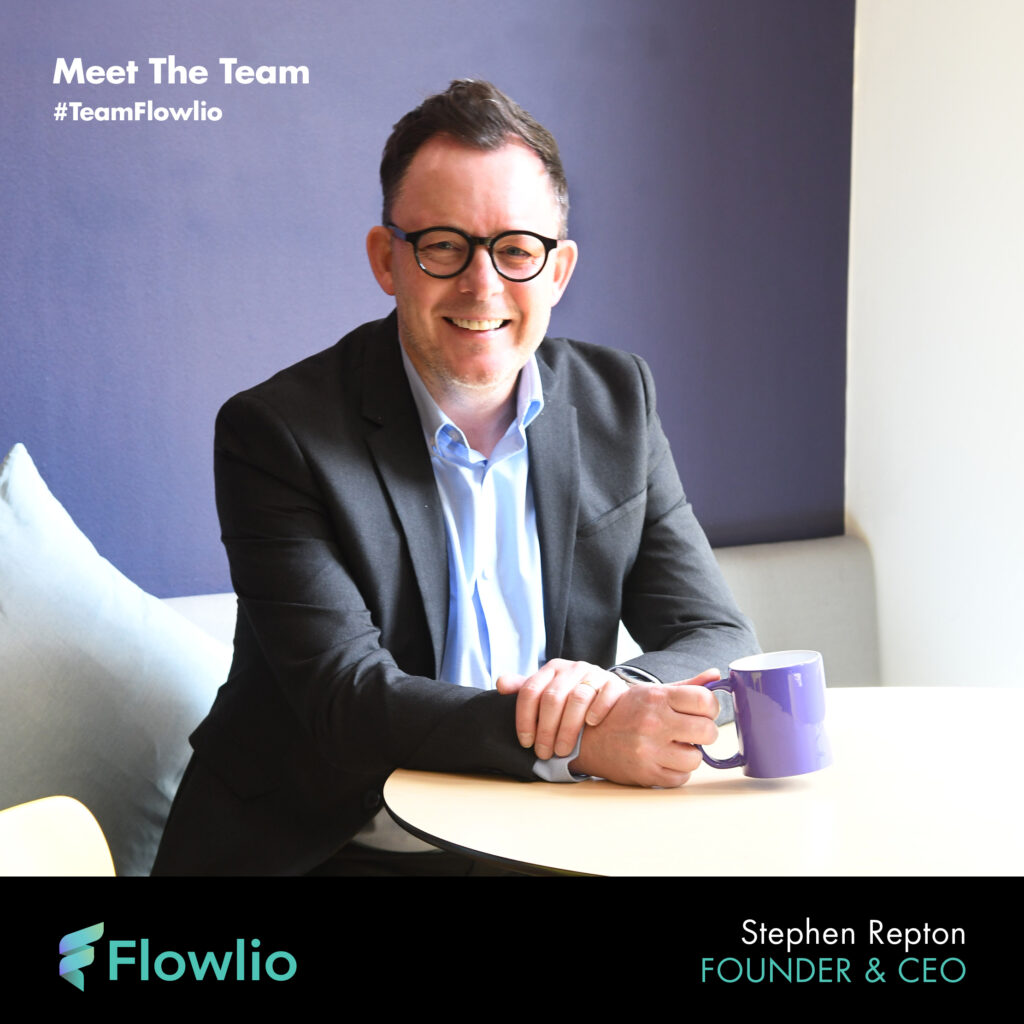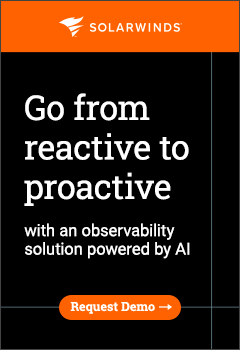By Stephen Repton, CEO and founder of project-management SaaS and training firm, Flowlio, and social-housing PM expert
The recent King’s Speech set out some once-in-a-generation tasks for social housing providers.
Sir Kier Starmer wants to create 1.5 million homes in the next few years and local councils will have to play a major role in this, overseeing some enormous building works.
The Regulator of Social Housing’s new standards have also created a lot of work for social-housing landlords, including councils and housing associations, who need to collate and report the views of hundreds of thousands of tenants on the upkeep their homes. Landlords also need to find quicker, more efficient ways of maintaining properties.
All this creates the need for some huge, complicated projects and project management. Many council leaders may feel overwhelmed at the prospect, dreading the paperwork and staff and resource coordination involved. That is where new, innovative tech solutions come in. Systems that provide central digital hubs from which everyone can work collaboratively and efficiently.
Setting sensible goals
It’s important that any local authority or other organisation sets out a clear business case that is specific to their needs and capabilities, before stating any project. It sounds obvious, but all too often it doesn’t happen.
Over my career advising and working with housing associations and councils, I’ve seen major maintenance or building projects that get underway with little reference to how they fit in with an organisation’s wider strategic plans. Staff and leaders haven’t been clear on the precise benefits to them or their section of the organisation of the project. This can lead to a lack of staff buy-in, poor use of resources, slow project momentum and even project failure.
A tech solution with a centralised dashboard allows all leaders and teams to see exactly what the project aims are and the mini targets to be reached along the way. This almost forces planners to come up with a clear case that shows the benefits of a project, as it can be scrutinised by everyone involved, rather than just enforced top-down with limited explanation.
The dashboard can also detail everyone’s tasks and roles in the project, with an obvious golden thread running through them so staff can see exactly how they are contributing to the end goal.

Under the new government’s targets, of course, an overall aim might be as simple as “build 10,000 houses in the area”. But having a centralised hub allows you to make it clear how this is broken down into a series of smaller goals.
Software systems can also automatically report to teams how the project is already bringing benefits, before completion, to spur them on. An increase in tenant satisfaction scores, perhaps, or a 10% reduction in heating costs, due to the rollout of new maintenance procedures.
Working together
If everyone from roofers to company finance directors are working on a building or maintenance project through one software dashboard, rather than a series of emails, sub-meetings and separate department IT systems, better collaboration is almost inevitable.
Everyone can see each other’s tasks and current progress, in real time, all in one place. The chances of their work accidentally overlapping or becoming too siloed fade away. Feeding into one central piece of software brings a sense of togetherness and ownership for the project, too, boosting staff motivation and morale.
Teams feed the latest project data into the system, so it can flag up automatically when a task is falling behind schedule, needs more resources or is running into difficulty. This allows senior leaders to intervene as soon as they need to, providing guidance and support, rather than waiting for teams to ask for help – by which time it may be too late to avoid more serious problems. A lack of project visibility amongst senior leaders, with all information coming from one project manager, can and has led to spiralling costs and problems and possible project failure, in my experience.
A spreadsheet or one project manager co-ordinating everything via DMs might work for small projects, but not for the sort of huge data-gathering and building tasks councils and other social landlords have ahead of them. Working through a centralised dashboard is much more likely to make such daunting tasks successful.
Automatic admin not bureaucracy
If a project manager has to contact dozens of team members to harvest the latest data and budget details for reports to executives, it can eat up a huge chunk of their time, as can the data analysis required. But if staff are all constantly feeing information into a digital hub, there’s no need to chase it and it can do the data analysis automatically. Indeed, software solutions can even compile information into report templates and help generate end-of-project documents for CEOs, the housing regulator or whoever needs them. A good system will also prompt users to update it, such as with details of the latest resource usage orfilling out RAID logs.
A very useful by-product of working with a good PM software provider is that their systems can upskill your staff. Training in how the software works shouldn’t just cover which button to press when. It should also cover the PM fundamentals and best practice that underpin how the system operates. This can provide employees with the knowledge and confident to run a successful project, saving you the cost of hiring in new staff or expensive PM consultants.
A major headache for organisation is when a project manager or other key team member leaves before a project is finished. It can take hours to locate vital information, from contact details to work schedules, that are spread out across work emails, Excel and Word documents or even on pieces of paper. Data may be lost forever. Centralising all information in one place takes this business risk away.
Slotting projects into place
Any project, no matter how well designed or executed, can fail if people don’t know how to apply its results to their everyday job. This could be particularly true if the project is designed to facilitate some of the new ways of operating required by the Regulator of Social Housing.
Just as a central dashboard allows you to display clearly people’s tasks during a project, it can also set out actions they need to complete and approve before go-live. This automated process avoids confusion and a loss of time and money if a project is launched too soon.
Stephen Repton is CEO and founder of OneConsulting and Flowlio. He is also former Assistant Director Business Transformation, First Choice Homes Oldham and Group IT Infrastructure Program Manager at Your Housing Group.
Flowlio offers a unique end-to-end project-management SaaS, along with full training in how to operate it. For this and other Flowlio training solutions, please visit www.flowlio.co.uk






Recent Comments